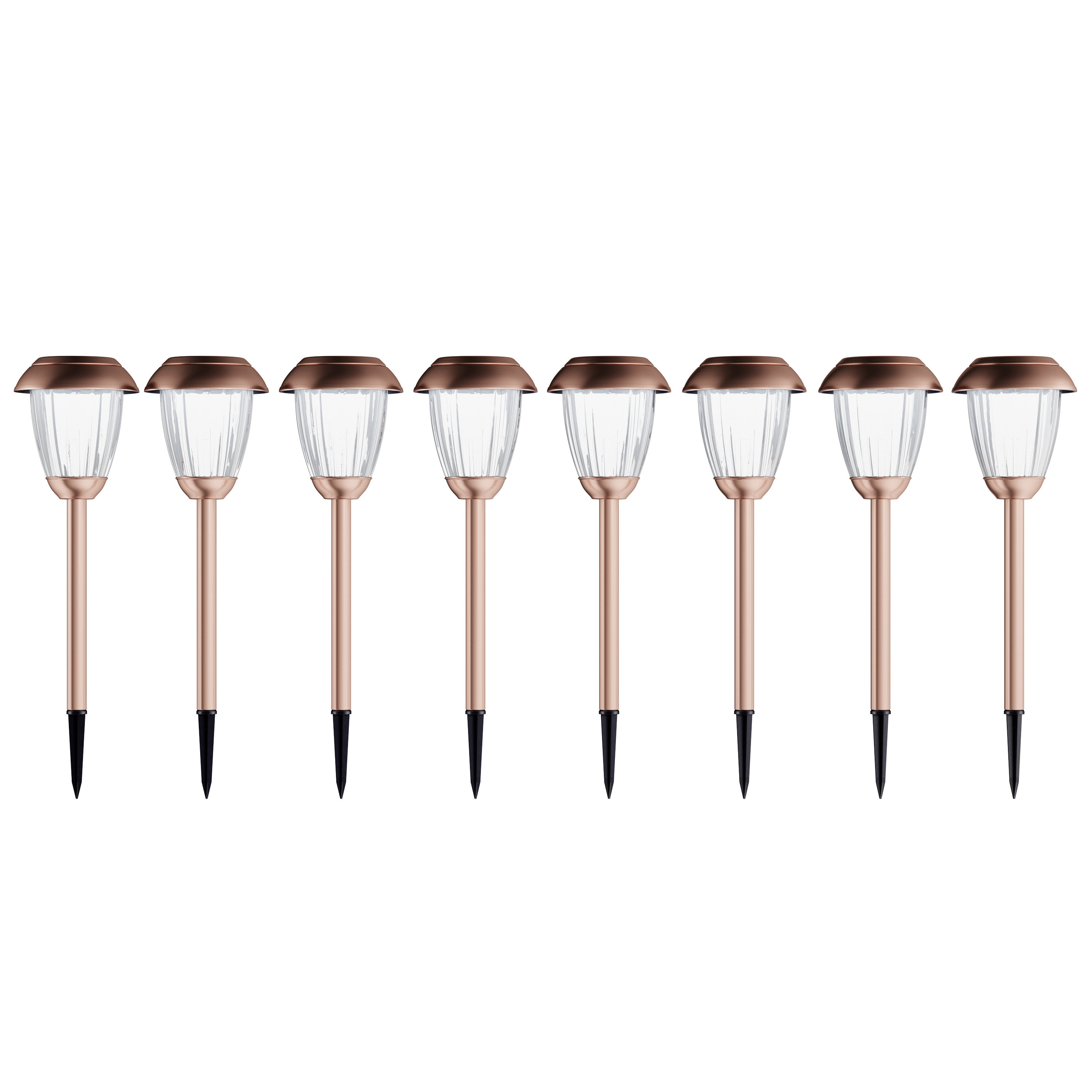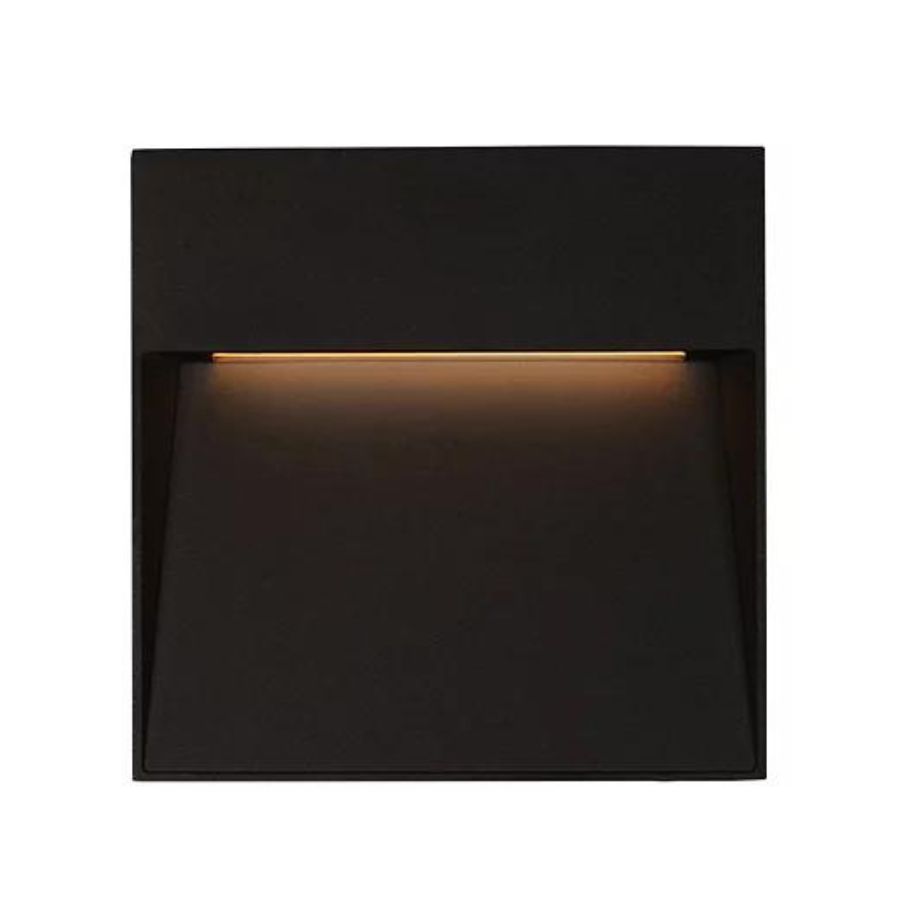5 Outdoor Lighting Tricks People With Well-Lit Yards Always Use — They'll Make Your Yard Look 100 Times Better
Elevating your yard at nighttime is easy if you know how. We asked the experts for their little-known tips that will make outdoor lighting more purposeful and look better
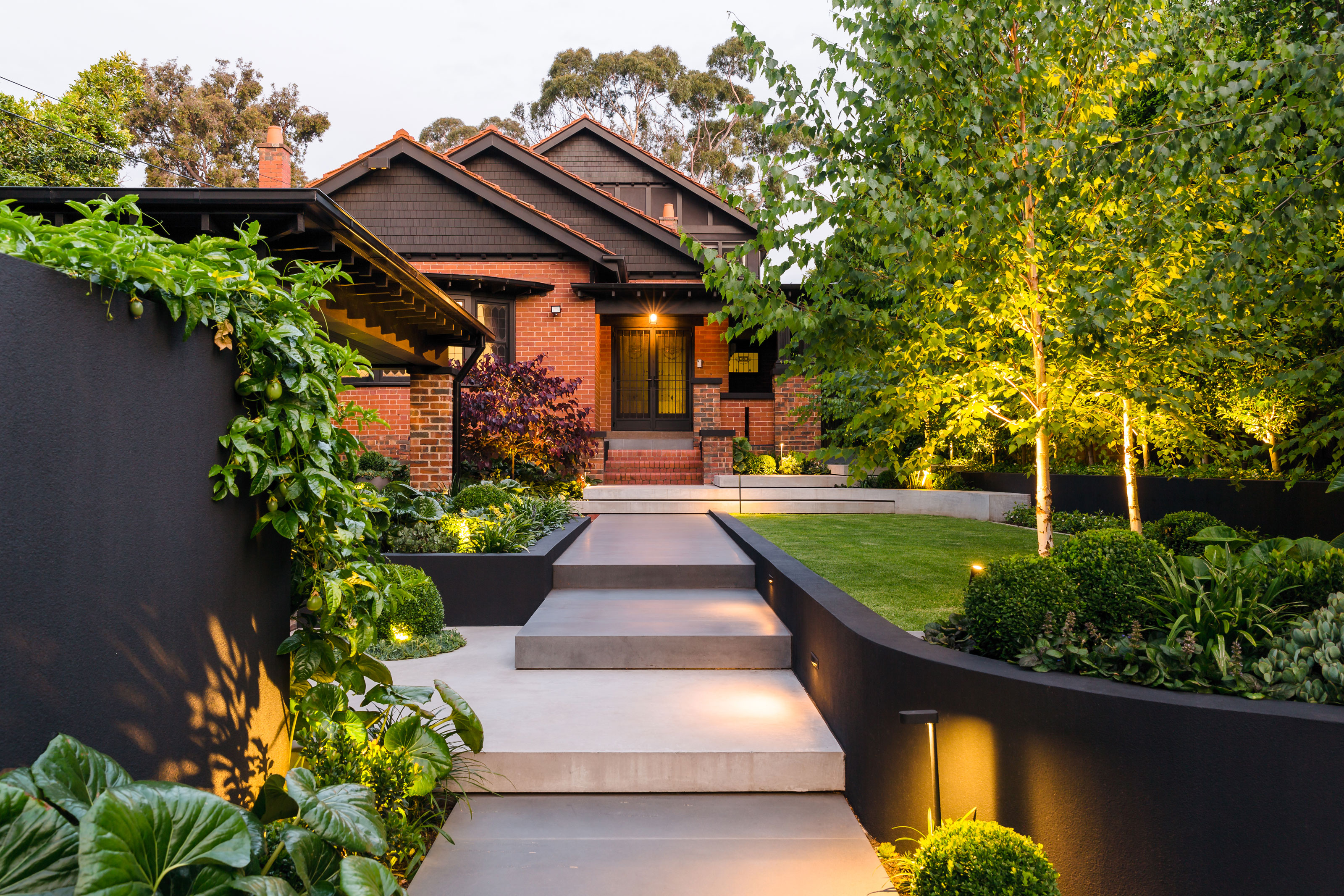

The best thing I invested in when re-landscaping my small backyard? No, not the firepit or the outdoor kitchen — it was the lighting. Year-round, it's the thing that brings the yard into my home. During winter's early evenings, it gives me a view from my kitchen window, instead of a blanket of darkness, while in the summer, it's what lets you enjoy your outdoor space for longer, while the temperature is still high but the sun has gone down.
Any, and really I mean any, investment in outdoor lighting is better than none — but all it takes is a little expert advice to take the best outdoor lighting to the next level. With a little bit of lighting advice - after all, lighting design is its own discipline, especially for landscapes - you can make your money go further with outdoor lighting.
These 5 tricks are what you need to know to make your yard lighting work better for you, say the experts.
1. Factor in Your Home's Lighting
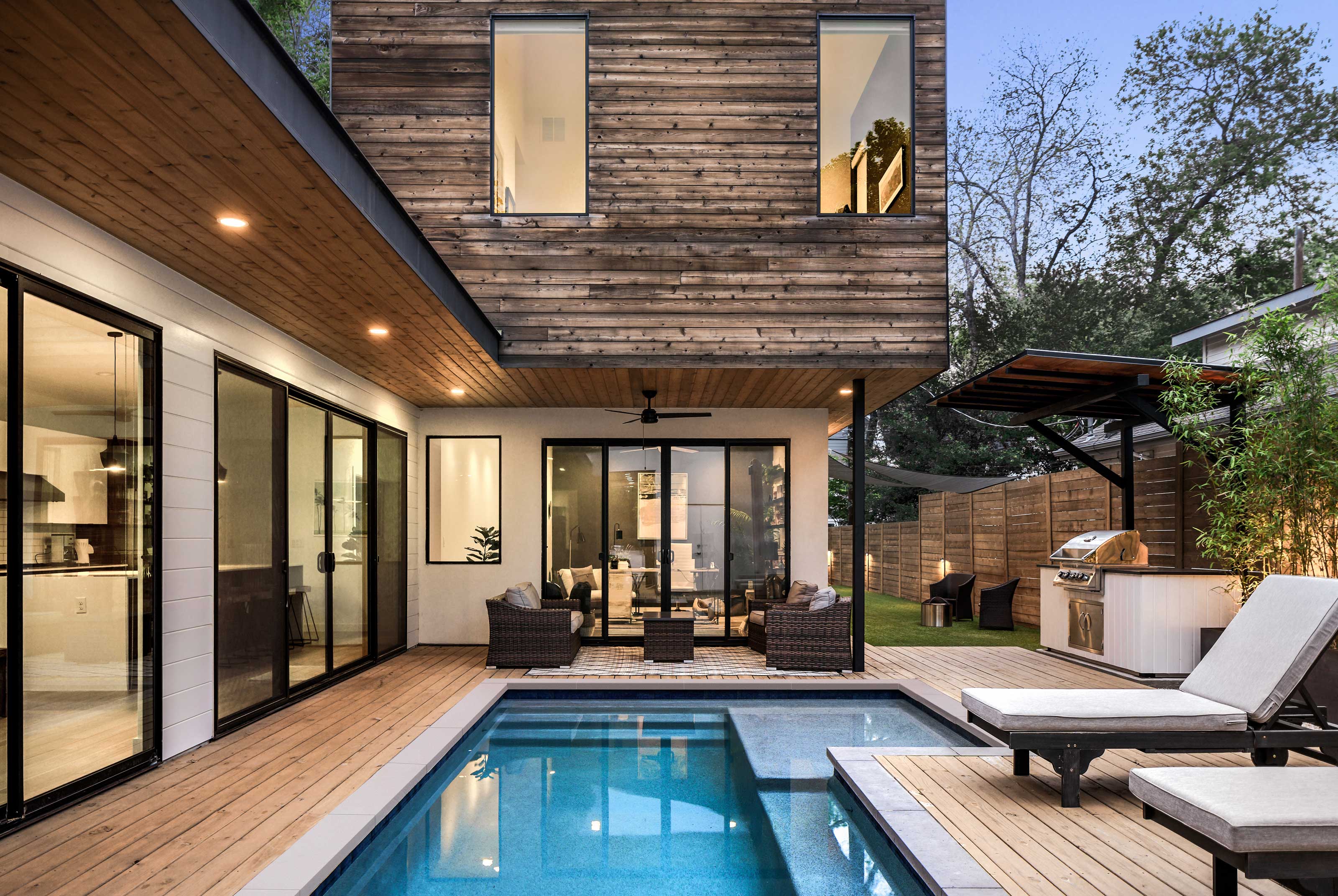
Before you plan your modern garden lighting, you should take stock of the potential that's coming from inside your home — after all, you won't often sit outside with all the lights turned off indoors. 'Think of your home as a lantern,' says Jordan Clough, associate principal at Richardson & Associates Landscape Architecture. 'When your interior lights are on there is a lot of light that makes its way to the outdoor spaces. Landscape lighting should be primarily used for accenting features.'

With over a decade of experience, Jordan is a designer who prizes native ecology and sustainable practices just as highly as great design, and is known for his expertise in landscaping construction processes.
2. Layer your lighting
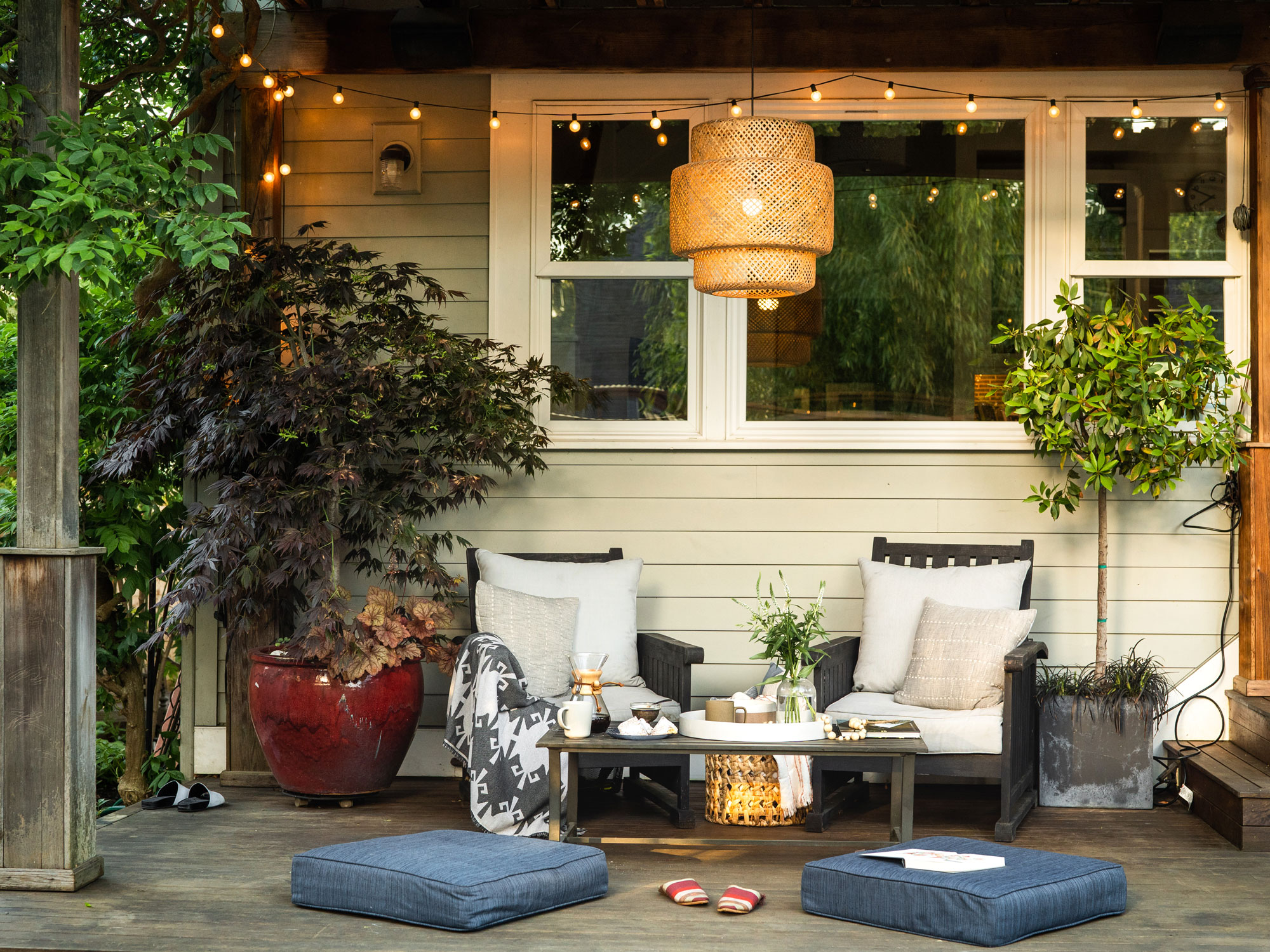
In interior design, the best lighting schemes are made up of a mix of layered lighting — including ambient, task and accent lighting. But this combination should be considered for outdoors, too.
'One of the best tips for outdoor lighting is to layer different types of lighting for versatility and ambiance,' says Adam Sexton, senior associate at Richardson & Associates Landscape Architecture. 'Incorporate task lighting for functional areas like pathways and decks, accent lighting to highlight architectural features or landscaping, and ambient lighting for overall illumination. This creates depth and visual interest while ensuring a well-lit and inviting outdoor space.'
3. Use underlighting
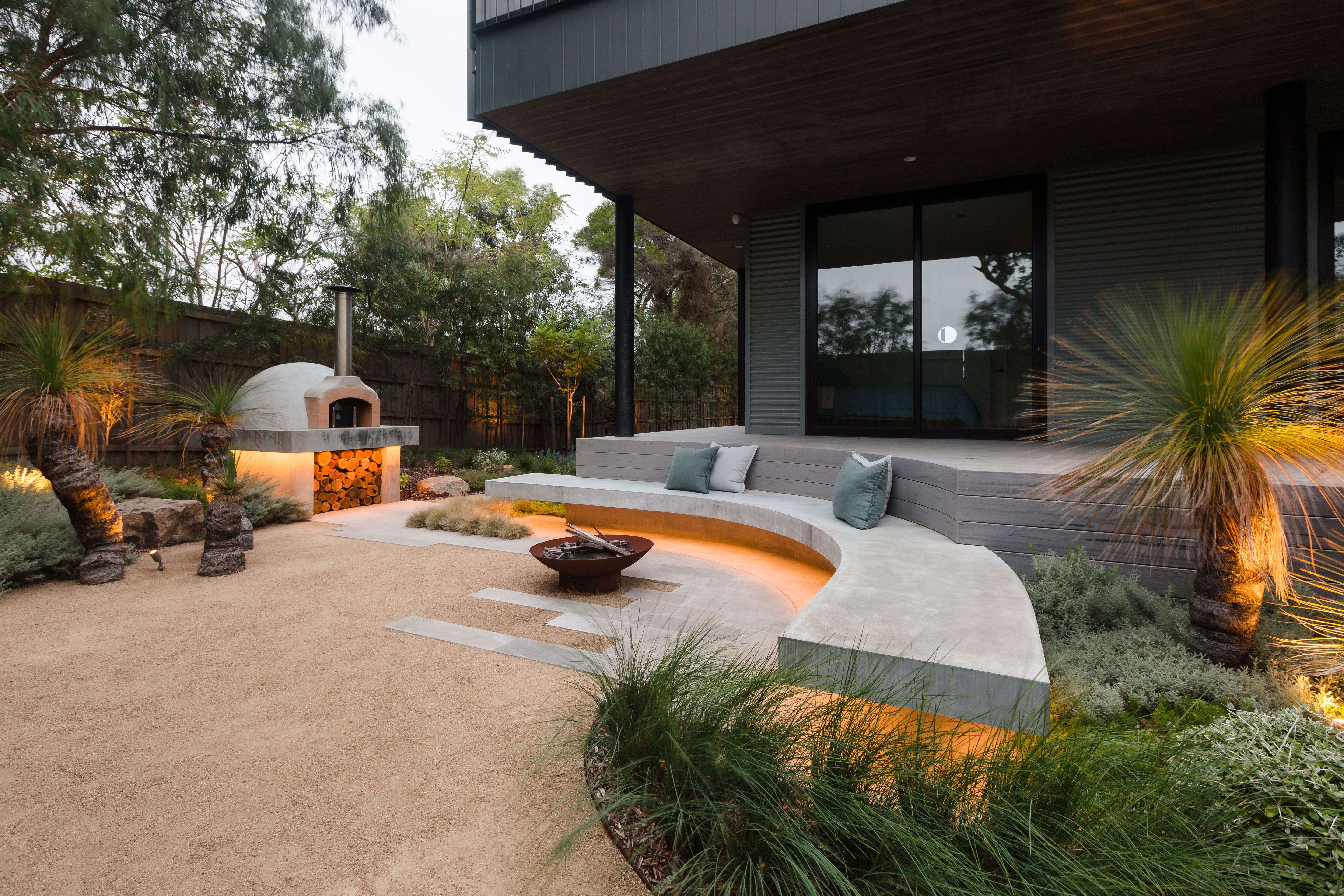
There's an inescapable trend in interiors for LED lighting strips, recessed around the home everywhere from kitchen shelves to staircases and everywhere in between. It offers lighting that's invisible when not turned on, meaning you don't have to clutter your space with lamps and on display fixtures. And, as it turns out, you can do the same for your yard with recessed lighting, too.
This design by Australian landscape designers COS Design is the perfect example of how this lighting can be used in a social seating area, without intruding on the modern design of the space. 'The recessed led strip lighting under the bench adds light and shadows to the lower ground level while also highlighting the oven as a garden feature itself,'
Steve Taylor, managing director of COS Design, tells us. 'The rebated strip lighting is also positioned under the floating bench seat the accentuates the floating nature of this bold and bespoke garden element.'
4. Use insect friendly lighting

Choosing the right color temperature is, arguably, the most important decision when choosing outdoor lighting, and when it comes to cool light vs warm light, there are plenty of reasons that warm light wins out.
'Warm white LED lights create a cozy and inviting atmosphere, as it mimics the color temperature of traditional, incandescent bulbs and complements outdoor spaces beautifully,' says Guido Nattkemper, a lighting expert at contemporary lighting brand Paulmann. 'Cool-toned lights can feel stark and unwelcoming in an intimate garden setting, so keep those closer to the flowers and foliage.'
There's another practical consideration too, as it turns out that this type of warm LED lighting is the least attractive to insects. 'Consider using insect friendly lighting in small spaces, both for the environment and to keep the bugs away from your airspace,' Guido tells us. ;This draws attention to your favourite features and creates a backdrop for your space that enhances the overall aesthetic of the garden.'
5. Don't overlook solar

Solar lighting might feel like a downgrade from professional installations, but it's something that can really help contribute to your overall lighting mix for patio, path and decking lighting.
'Solar-powered lights are environmentally friendly, convenient, and cost-effective, making them a great solution for renters and homeowners alike,' Guido says. 'They are easy to install since they don't require wiring or access to power outlets, so they are often ideal for small outdoor spaces.'
'Consider solar-powered options for pathway lights, decorative lanterns, or even string lights to add charm and functionality to your garden while reducing your carbon footprint.'
For effective in the winter months, avoid solar in your yard's shadiest and darkest corners, as you may only get a dim glow from them at best when they're not receiving enough daylight.
These tricks give you a great basis to start illuminating an outdoor space, but there are so many other considerations that will also help to contribute a better feel to your outdoor space, some of which come down to the types of fixture you choose. Landscaping designers are you best port of call, so if you're re-landscaping you space with one, make sure they're including a robust lighting plan as part of your design. After all, it's not always so easy to add good outdoor lighting in after all the upheaval's already been done.
Be The First To Know
The Livingetc newsletters are your inside source for what’s shaping interiors now - and what’s next. Discover trend forecasts, smart style ideas, and curated shopping inspiration that brings design to life. Subscribe today and stay ahead of the curve.

Luke Arthur Wells is a freelance design writer, award-winning interiors blogger and stylist, known for neutral, textural spaces with a luxury twist. He's worked with some of the UK's top design brands, counting the likes of Tom Dixon Studio as regular collaborators and his work has been featured in print and online in publications ranging from Domino Magazine to The Sunday Times. He's a hands-on type of interiors expert too, contributing practical renovation advice and DIY tutorials to a number of magazines, as well as to his own readers and followers via his blog and social media. He might currently be renovating a small Victorian house in England, but he dreams of light, spacious, neutral homes on the West Coast.
-
 My 10 Favorite Designs at Milan Design Week 2025 — Out of the Hundreds of Pieces I Saw
My 10 Favorite Designs at Milan Design Week 2025 — Out of the Hundreds of Pieces I SawThere is a new elegance, color, and shape being shown in Milan this week, and these are the pieces that caught my eye
By Pip Rich
-
 Iridescence Is Chrome’s More Playful, Hard-to-Define Cousin — And You're About to See It Everywhere
Iridescence Is Chrome’s More Playful, Hard-to-Define Cousin — And You're About to See It EverywhereThis kinetic finish signals a broader shift toward surfaces that move, shimmer, and surprise. Here's where to find it now
By Julia Demer

